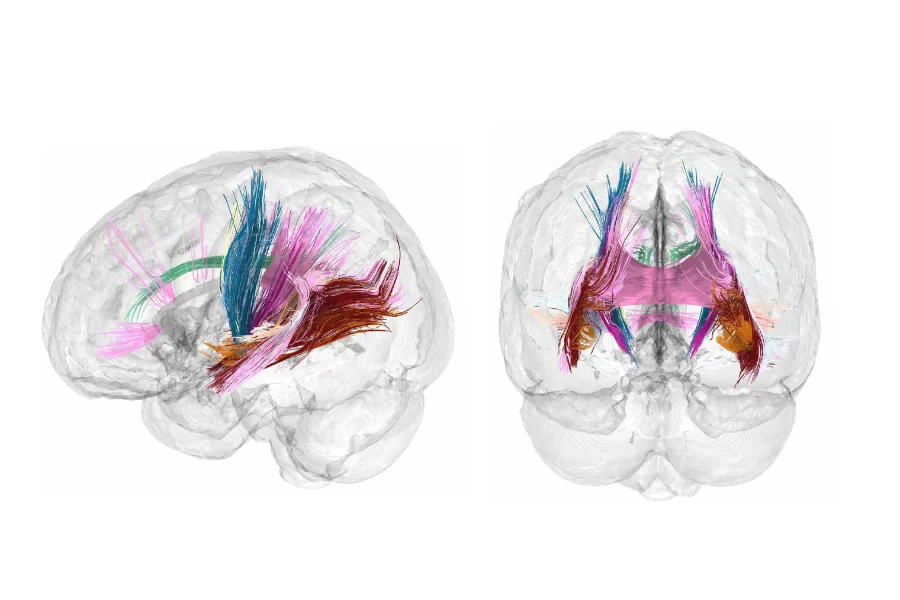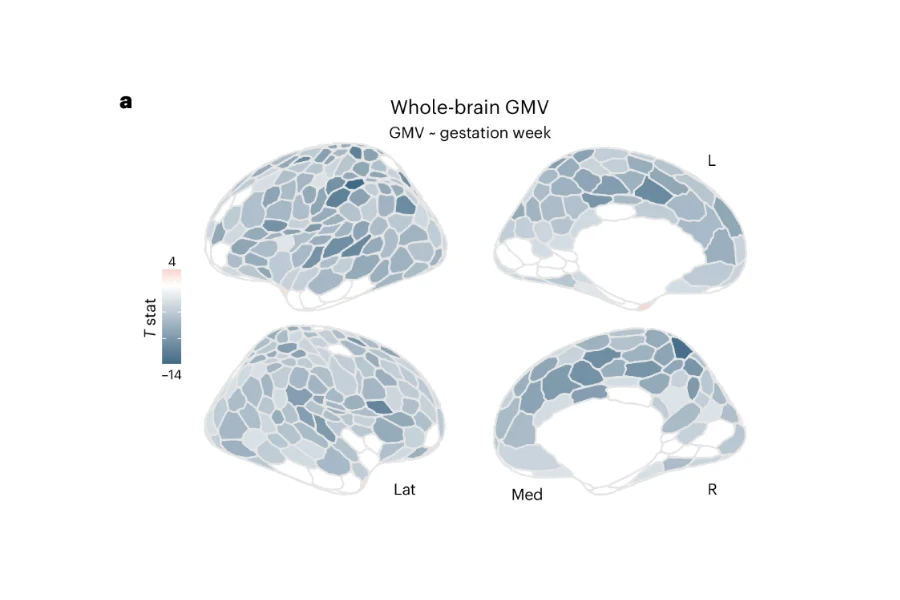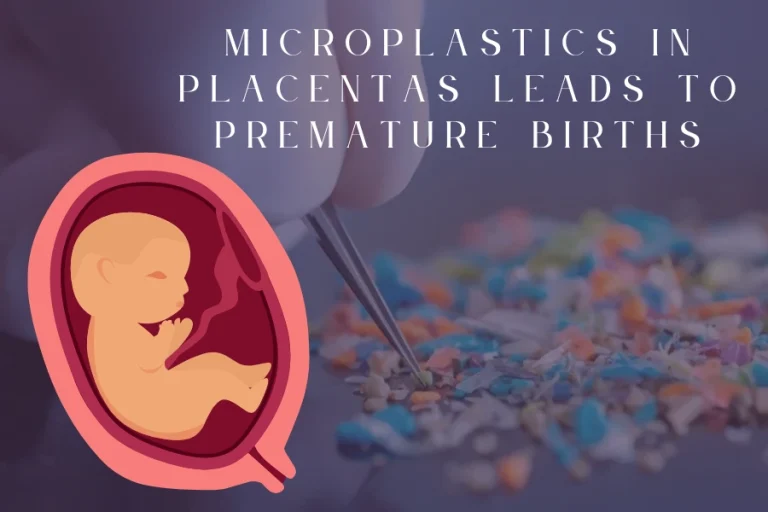
Not only female body changes but also the brain is able to reorganize during pregnancy. The changes were scanned on a healthy 38-year-old and conceived via IVF woman 26 times and changing regions related to socialising and emotional processing. This study joins some previous studies aimed at understanding the woman’s brain at many stages of life (SN: 9/29/22). In general, this research shows that matrescence is a development stage like the brain changes in adolescence.
However, neuroscientist Clare McCormack of New York University Langone Health said “The results of this case study are astonishing,” because previous experiments mostly compared women’s brains before and after their pregnancies and expected what happens in between that period (SN: 12/19/16). “There was a missing piece,” McCormack supposes “The nine months of pregnancy was a black box, and we could only guess what that trajectory looks like.”. Thanks to 4 MRI scans before pregnancy, 15 scans during pregnancy and 7 scans in the two years after the baby was born, the new study follows the whole brain development for a mother.
Profound changes were a steady decrease in gray matter, the wrinkled area of the brain’s outermost surface, throughout pregnancy and a temporary peak in neural connectivity at the end of the second trimester. and increase in white matter. Gray matter is constituted the cell bodies of the brain nerve cells. White matter is consisted of the bundles of axons – long, thin fibers – of the nerve cells that transmit signals in long-distance connections across the brain.

Changes in gray and white matter coincide with increased levels of the hormones estradiol and progesterone. Hormones increase has a significant effect on physiological changes in pregnancy, blood plasma, metabolism, oxygen consumption and immunity. These hormones also reorganize the brain.
To further illustrate this research, cognitive neuroscientist Dr. Elizabeth Chrastil at the University of California, Irvine, used MRI scans of her brain. She was scanned before she conceived through IVF, during her pregnancy, and after two years since the arrival of her son in May 2020.

When doing this research, Chrastil claimed “It was quite an intense undertaking,” but she did not feel different in pregnancy much, “some people talk about ‘mummy brain’ and things like that, and I didn’t really experience any of that.”
The MRI scans showed gray matter volume and thickness decrease significantly, especially in the social cognition area in the brain. Moreover, white matter microstructure, which is a measure of the wiring of the brain, peaks at the end of the second trimester and declines back. Cerebrospinal fluid and cerebral ventricles expanded. The changes were related to increasing levels of hormones1.
“Sometimes people bristle when they hear that gray matter volume decreases in pregnancy. This change probably reflects the fine tuning of neural circuits, not unlike the cortical thinning that happens during puberty.” Jacobs said.
The new research does not mention any behaviors or emotions or other factors besides hormones like stress and sleep loss that happens in pregnancy. However, some changes in the brain were still after two years of childbirth. This work initiated research on cellular changes in the organ. Chrastil said: “This paper really opens up more questions than it answers, we’re really just starting to scratch the surface.”
Scientists have observed similar scans from many pregnant women as part of the Maternal Brain Project. Jacob shared: “There is so much about the neurobiology of pregnancy that we don’t understand yet and it’s not because women are too complicated, it’s not because pregnancy is some Gordian knot, it’s a byproduct of the fact that the biomedical sciences have historically ignored women’s health.”.Chrastil continued: “It’s pretty shocking that in 2024 we have hardly any information about what happens in the brain during pregnancy. This (research) paper opens up more questions than it answers, and we are just scratching the surface of these questions,”.
- Pritschet, L., Taylor, C.M., Cossio, D. et al. Neuroanatomical changes observed over the course of a human pregnancy. Nat Neurosci (2024). https://doi.org/10.1038/s41593-024-01741-0 ↩︎






